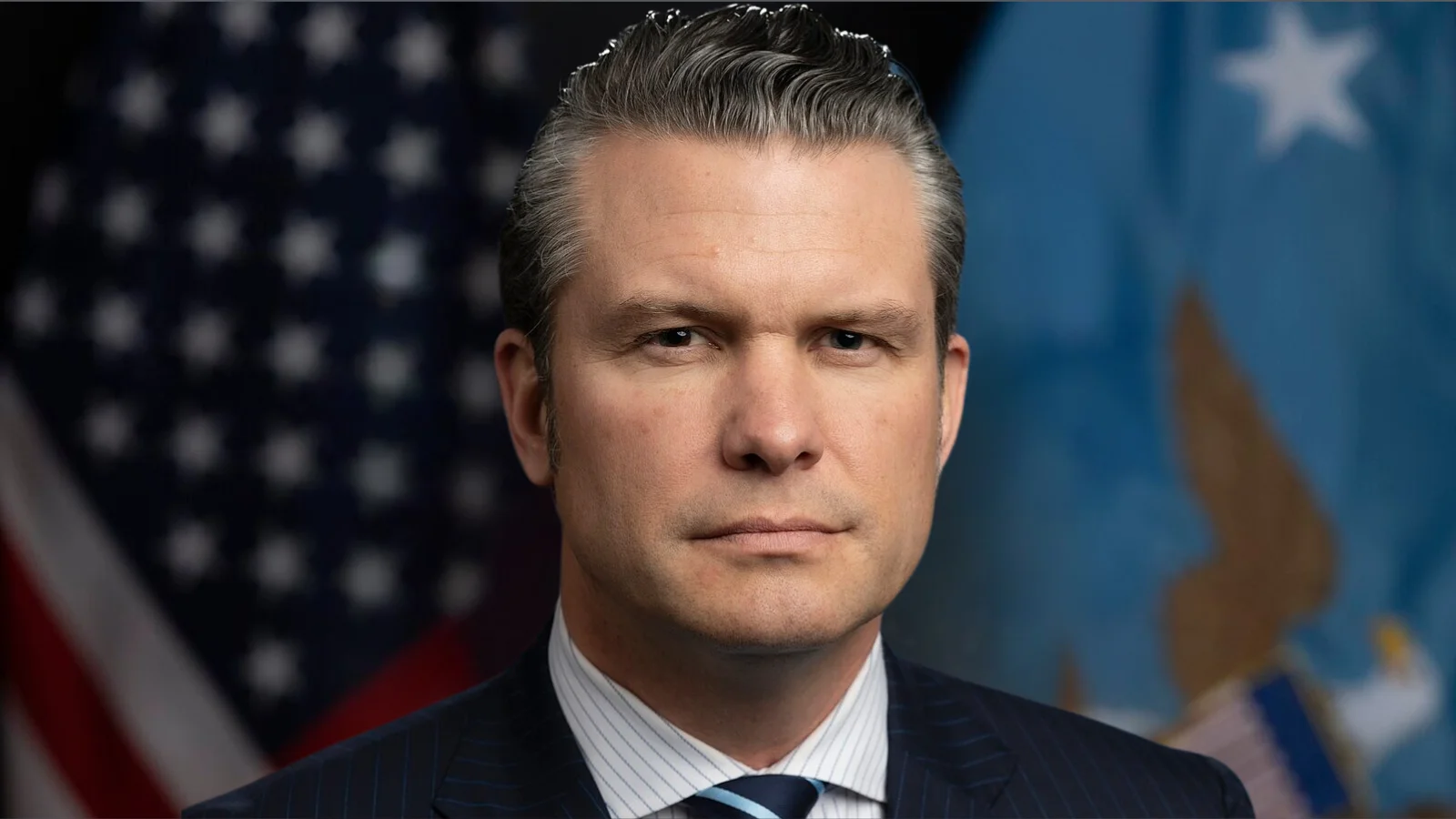China is rapidly expanding its own network of airbases with a focus on projecting power beyond its borders. The Chinese People’s Liberation Army Air Force (PLAAF) has upgraded facilities on outposts such as Woody Island in the Paracel Islands and Fiery Cross Reef in the Spratly Islands. These developments support longer-range bomber patrols and increase China's operational presence across the South China Sea. On its mainland, China continues to modernize runways and logistics hubs, reportedly operating over 100 airfields capable of supporting PLAAF missions.
Russia relies on legacy Soviet-era infrastructure with key bases like Engels-2 for strategic bombers and Lipetsk for fighter pilot training. While some facilities have declined since the Soviet period, others remain central to Russia’s current military strategy.
In Asia-Pacific, regional powers are also strengthening their basing networks. India operates more than 60 air stations including high-altitude forward bases along contested borders. Japan maintains about 40 bases that underpin national defense and host US forces under security agreements; upgrades continue particularly around Okinawa due to regional tensions. Australia’s Royal Australian Air Force runs about 20 major airbases oriented toward rapid engagement across Indo-Pacific areas.
Europe’s collective capability is highlighted by NATO’s shared infrastructure—over 200 air bases operated by member states facilitate interoperability among allies. Countries like the United Kingdom, France, Germany, Poland, Romania, and Baltic states maintain strong domestic networks while participating in multinational fleets such as Airbus A330 MRTT tankers based in the Netherlands or E-3A AWACS surveillance aircraft stationed at Geilenkirchen, Germany.
Modern doctrine increasingly values flexibility over fixed installations. Concepts like Agile Combat Employment (ACE) train crews to operate from improvised locations using minimal infrastructure—a shift driven by threats from precision weapons and long-range systems. Civilian airports are being adapted for dual-use purposes during military exercises by nations including the United States, Japan, and Australia.
"Air bases are the physical expression of a nation’s reach. A broad, resilient network gives commanders the freedom to launch, resupply, or redeploy aircraft without being bottlenecked by distance," according to statements attributed within official sources.
This evolving approach underscores that future airpower will depend less on permanent structures than on adaptable networks able to disperse assets quickly while maintaining operational continuity even under threat.
###
 Alerts Sign-up
Alerts Sign-up





































